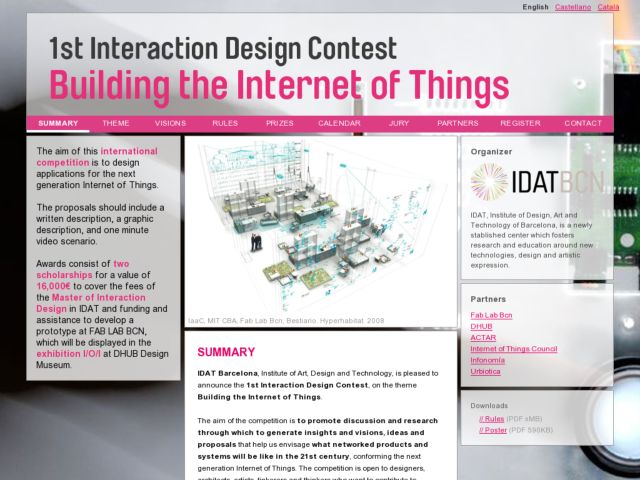Love this post on /Film showing a few artifacts from J.K. Rowling's creative process. Rowling uses spreadsheets she draws by making grid lines on plain paper, creating columns to outline a book's plot along a timeline, with months progressing downward. The initial columns contains a title and blurb about the plot, and further columns contain info about sub-plots. The excerpt below describes this in detail:
Rowling outlines each chapter in detail including which month of the school year it takes place in, the title and the plot. All of that seems standard. But it’s the next few columns where things get really good.
She keeps track of all the book’s subplots in every chapter and how they are developing in the real world of the book, even if they aren’t mentioned on the page. So, there’s a full column on “The Prophecy” which is the main subplot Harry is worried about throughout the book. Then there’s a column for the romantic subplot, titled “Cho/Ginny” followed by “D.A.” which follows what’s going on with Harry, Ron and Hermione’s resistance group “Dumbledore’s Army,” one called “O of P,” a column about what’s the latest with the “Order of the Phoenix,” a.k.a, the people who believe Voldemort is still alive, then separate columns for Snape (and others, I can’t read Rowlings writing) and the Hagrid and Grawp story.
http://www.slashfilm.com/2010/10/08/potd-jk-rowlings-plot-spreadsheet-for-harry-potter-and-the-order-of-the-phoenix/


